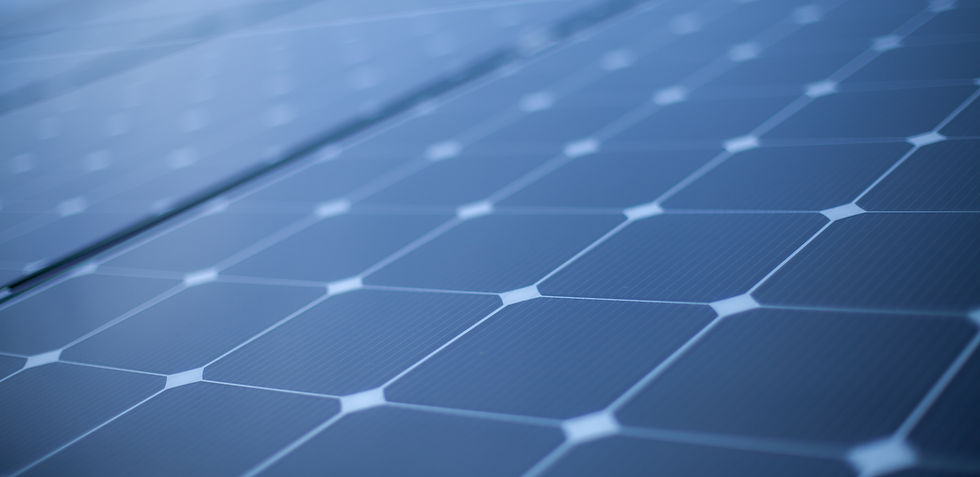We can create abundant energy for the future even with our growing demand. We can do this with clean energy as well but that means we need to pool our resources and invest in the right areas, those areas are solar specifically used for residential and commercial building purposes, hydroelectric dams and geothermal plants in appropriate location, and investing heavily into nuclear energy power plants.

Introduction
One of the most significant challenges we face today is abundant energy. The demand for clean, renewable, and plentiful energy source energy sourced as the world grapples with the twin crises of energy scarcity and climate change. Transitioning fuels to sustainable energy sources has never been more urgent. Finding sustainable energy solutions that can meet the world's growing energy needs while reducing greenhouse gas emissions is a defining challenge of our time. This requires a collaborative effort from scientists, policymakers, and industry leaders to invest in innovative technologies and implement policies promoting renewable energy we create by working together to be wearable and sustainable for all.

Harnessing the Power of the Sun
Solar power is a renewable and environmentally friendly energy source with the potential to meet the world's energy needs. The sun is a massive energy source on the Earth with more energy than humanity uses in just one hour than society uses in a yearning, increasingly viable due to advances in photovoltaic technology and the decreasing cost of solar panels. The technology has become much more efficient over the years, and solar cells can now convert approximately 20% of the sun's energy into electricity.
However, solar power does pose some challenges, such as energy storage and the intermittent nature of the energy source. Energy storage is crucial as the sun does not shine constantly, and the energy produced needs to be stored for use when needed. The intermittent natural power also means that it cannot replace other energy sources entirely and requires a backup energy source to meet the demands during cloudy days and at night. Despite these challenges, solar power remains a promising avenue for clean energy generation and is expected to play a significant role in meeting the world's energy needs in the future.

The Potential of Hydroelectric and Tidal Power
Hydroelectric power is a renewable energy source that is generated by harnessing the energy of flowing water. This source offers a reliable and consistent clean energy supply and aeration of excellent fossil fuels. While large-scale hydroelectric projects have been known to have significant environmental impacts, small-scale hydro and run-of-the-river installations can provide local, sustainable energy with minimal impact on the environment. These smaller projects can power homes, nesses, and local communities.
In addition to hydroelectric power, tidal power is another form of renewable energy with promise. Tidal power is generated by harnessing the point of the point, which is predictable and consistent. While tidal power is still in the early stages of development, it offers a sustainable source of energy that has the potential to power coastal communities and industries. Using tidal power can also help reduce our reliance on non-renewable sources of energy and mitigate the effects of climate change.

The Future of Nuclear Fusion
The sun is an incredible source of energy because of nuclear fusion. This process combines atomic nuclei to create a heavier heart and releases tremendous energy. Scientists have been working for decades to harness this power on Earth as it could provide limitless, clean energy without producing harmful greenhouse gases or radioactive waste.
However, the technical challenges in achieving nuclear fusion as a viable energy source have been immense. These challenges include achieving the high temperatures and pressures necessary to create stable plasma, containing the plasma using strong magnetic fields, and developing materials that can withstand the extreme conditions of the fusion reaction. Despite these challenges, recent advances in plasma physics and materials science have given scientists hope that we are closer than ever to realizing the dream of nuclear fusion energy.
Conclusion
The path toward a future powered by abundant and clean energy involves diverse technologies and approaches. While significant progress has been made in energy generation technologies, creating a sustainable and efficient energy system also requires energy storage and transmission advances. To achieve this, continued investment in research and development is crucial, as it will help to drive innovation and improvements in the existing technologies. Additionally, the political will to prioritize sustainability is equally important, as it will provide the necessary impetus for governments and businesses to invest in clean energy sources. By combining these efforts, we can create a future powered by clean and renewable energy sources that will help mitigate the effects of climate change and create a more sustainable future for future generations.
Comments